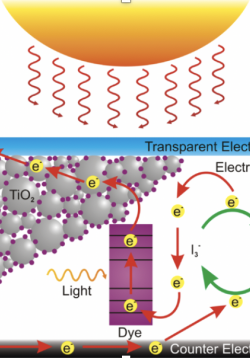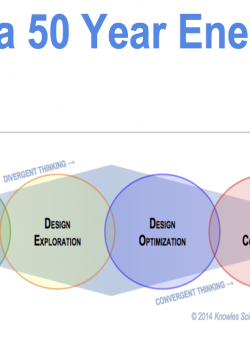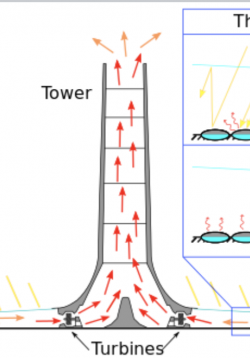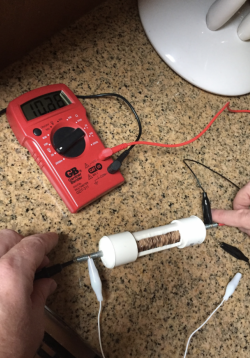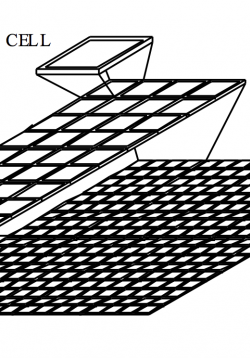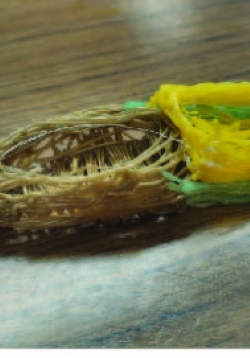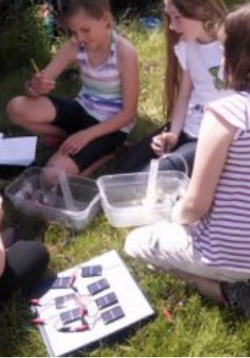Cost Effective Solar Cells Unit Plan
Through a series of solar panel and solar cell construction activities, students will learn the basic principles of energy conversion from light energy to chemical & electrical energy. Students will assemble and test pre-constructed solar panels to...

